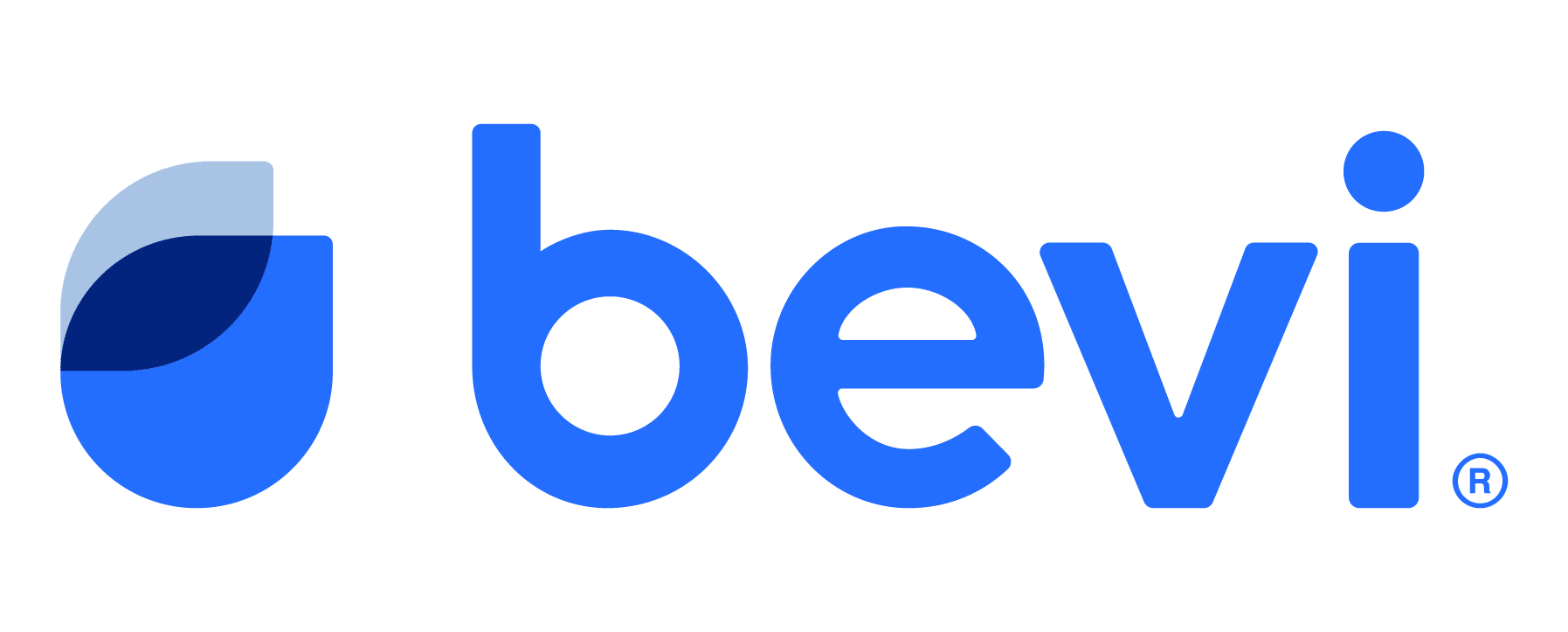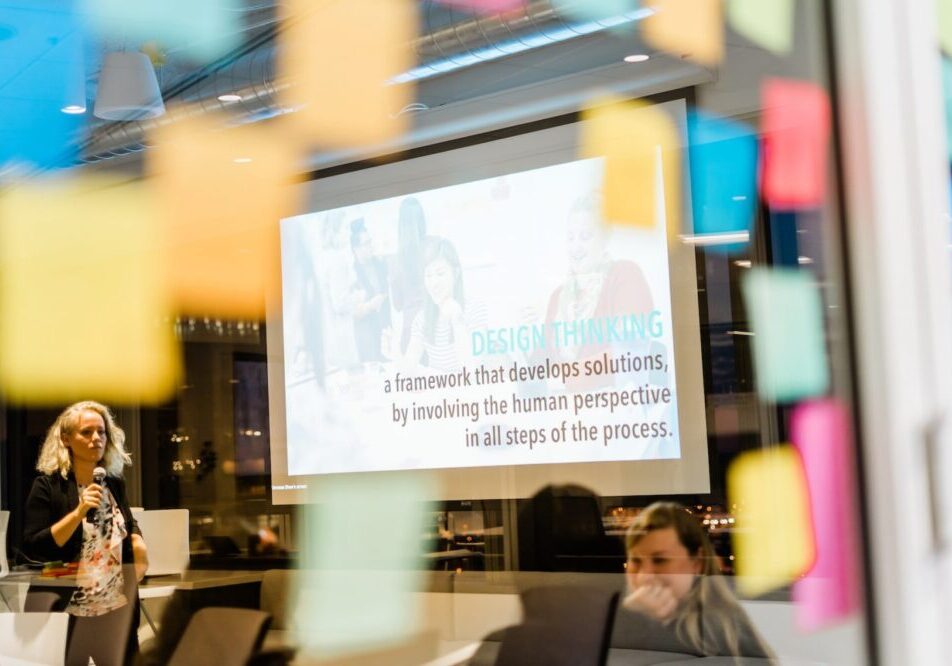This article was written in collaboration with Vanessa Shaw, Founder & CEO of Human Side of Tech.
From mobile app UX design to city planning, human resources to healthcare, the concept of human-centered design has permeated almost every people-centered industry—and with good reason. Part and parcel of design thinking, human-centered design encourages the designer to incorporate the user’s experiences and feedback into the design process as much as possible. The goal is to build empathy with the end-user, so that the final product best serves the humans for whom it was created.
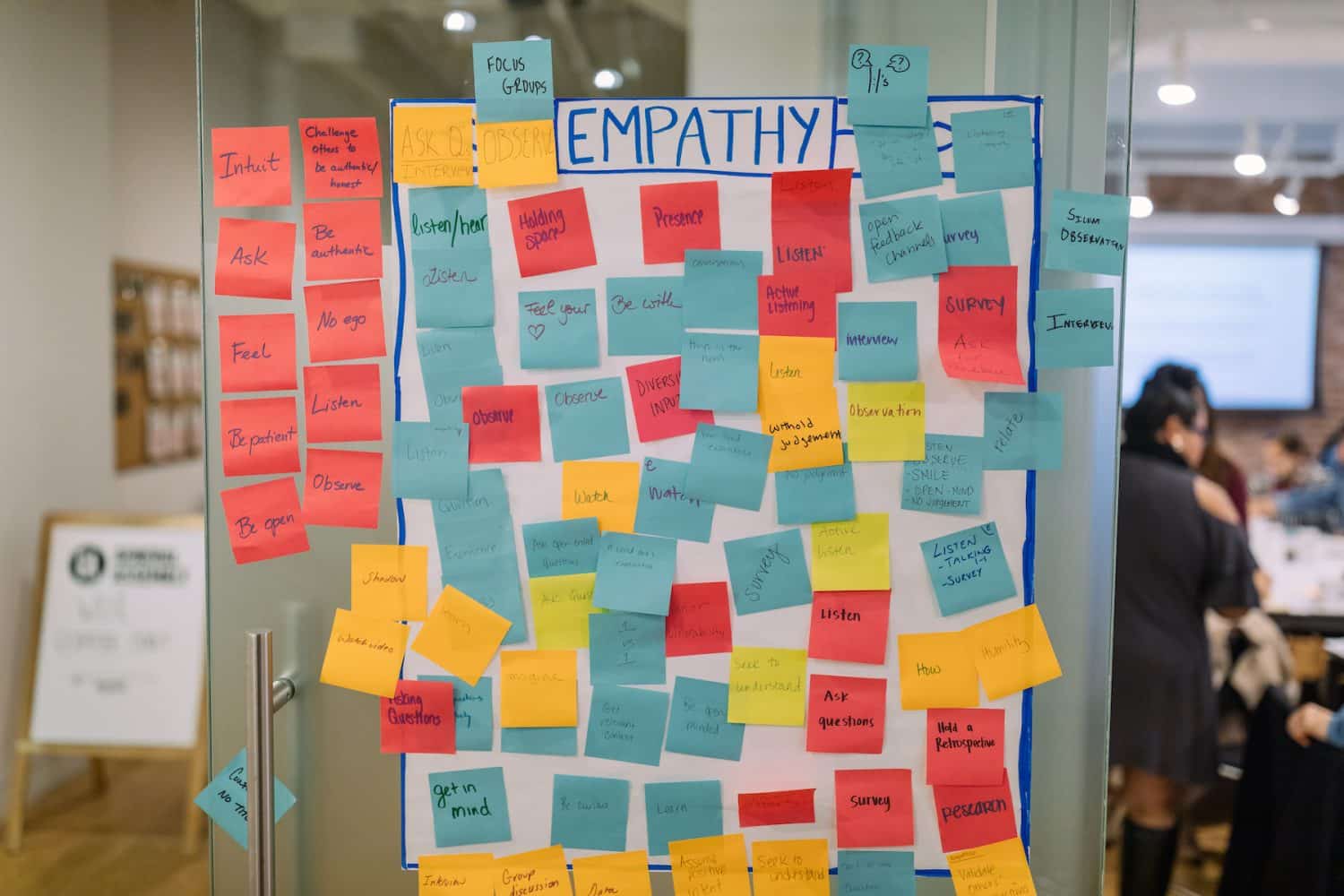
For those involved with the Human Resources or People Operations industry, using human-centered design practices is a no-brainer. What better way to boost employee satisfaction than prioritizing employee needs when redoing the office or organizing annual reviews? That said, even human-centered design has its limitations.
Before you panic and get discouraged about using design thinking, consider this: the success of any solution is a question of scope. While a human-centered design framework can do wonders when it comes to analyzing and addressing the needs of humans, it does not take into consideration how a solution, process, or service affects the environment, other living creatures, or the local community.
Furthermore, a design that solves a contemporary, human issue, does not always stand the test of time. Custom-printed graphic tees for your company’s kickball league, for example, are not exactly a long-term environmental investment. In summary, human-centered design is an extremely useful tool, but like any framework, it has its limitations.
To address these limitations, designers, engineers, and—you guessed it!—people-operations experts are now employing life-centered design thinking.

Unlike human-centered design, life-centered design prioritizes the health and future of the greater ecosystem, often using nature for design inspiration. For those in people-centered fields or industries, this means reframing the idea of the ‘user’ as not just humans, but all living things.
A scope this broad may seem intimidating while you’re hustling to plan the annual company retreat. That’s why we’re here to help! We’ve teamed up with Vanessa Shaw, Founder & CEO of Human Side of Tech and design thinking for HR expert, to explore how you can incorporate life-centered principles into your next project—without pulling your hair out.
First, we’ll look at what differentiates life-centered from human-centered design. Next, we’ll walk you through a few ways you can use life-centered design to tackle your next big HR, Talent or People Ops project. Finally, we’ll offer a few examples of life-centered design practices in the workplace and additional resources for you to explore. Ready? Let’s do this!
What’s the difference between human-centered and life-centered design?
As the name implies, human-centered design thinking places the needs, limitations, and comfort of people at its core. Through interviews, prototyping, and testing your design with target users, you build empathy with their thoughts, concerns, and desires. The ultimate goal is to create something that suits your target humans’ needs in the here and now.
Life-centered design, on the other hand, embraces a much broader user base: all living beings. It stems from the side of environmental ethics that views all life as connected and therefore inherently worthy of human care and respect.
Whether you’re driving a car or eating out at a restaurant, life-centered thinking helps you consider how your choices impact the environment and the other living beings within it. Similar to sustainable or eco-design, the target ‘user’ in life-centered design is not just an individual, but all species, creatures, and climates.
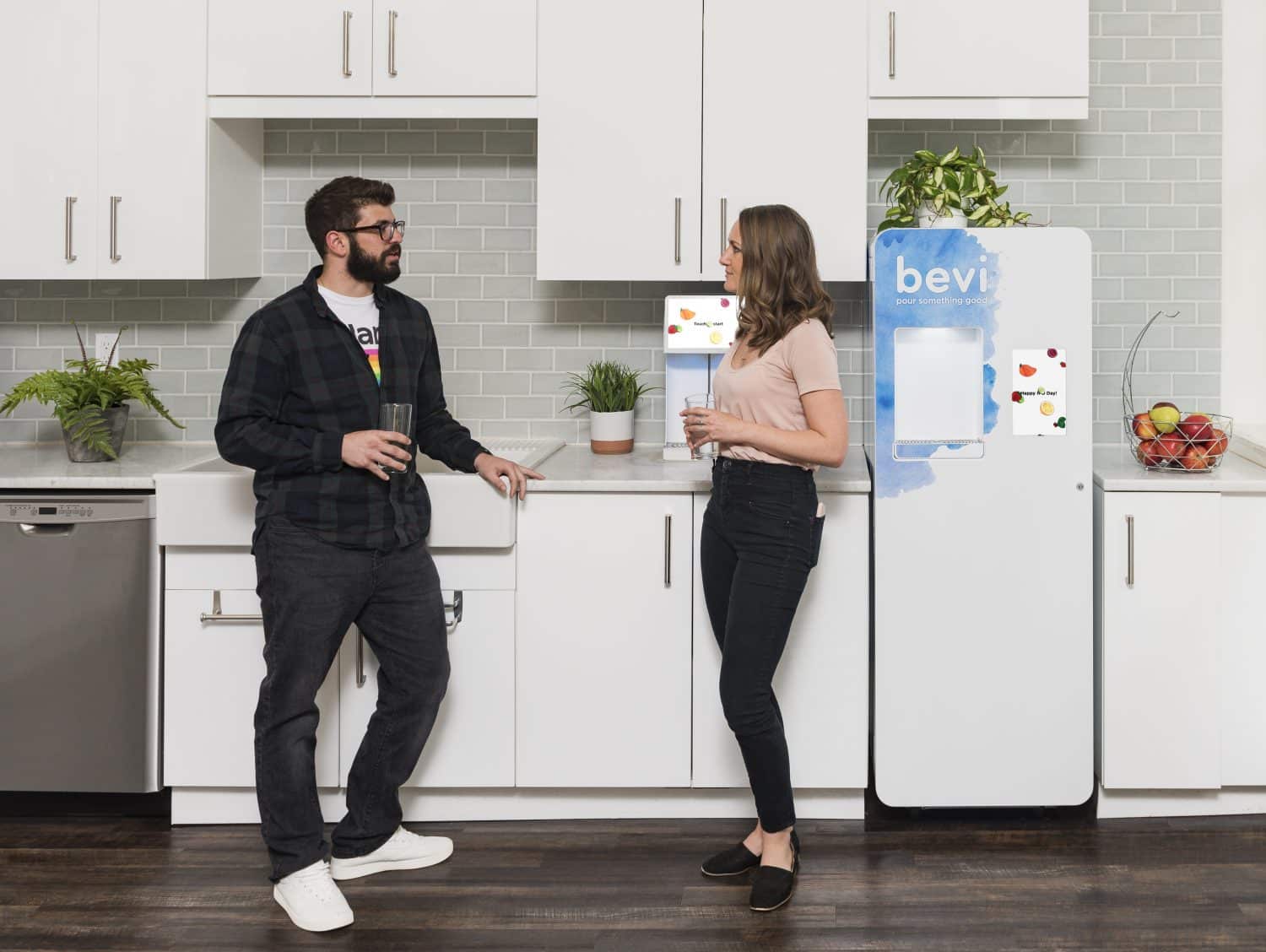
In addition, life-centered design adds another element to the table: time. While human-centered design is a great way to solve contemporary human issues, long-term environmental or ecological impacts are hardly front and center. Life-centered design thinking challenges designers to ask themselves:
How will my design impact the greater environment today, tomorrow, or two decades from now?
Does my design threaten other creatures, or does it help them thrive?
Are there any examples in nature that can inspire my design?
How can I use my current tools and resources to act neighborly toward all living beings in my community?
At the end of the day, human-centered and life-centered design are not two completely different, unrelated ideas; the latter is simply an extension of the former. Human-centered design promotes the health and wellness of humanity, while life-centered design takes it one step further, adding all living creatures and the environment to the target user base.
How is life-centered design relevant to my role in Human Resources, Talent, or People Operations? How can I incorporate life-centered design into my next project?
At this point, you might be wondering how you, a People Ops Coordinator with 150 employees to look after, are going to take all living beings into consideration when ordering snacks for the office.
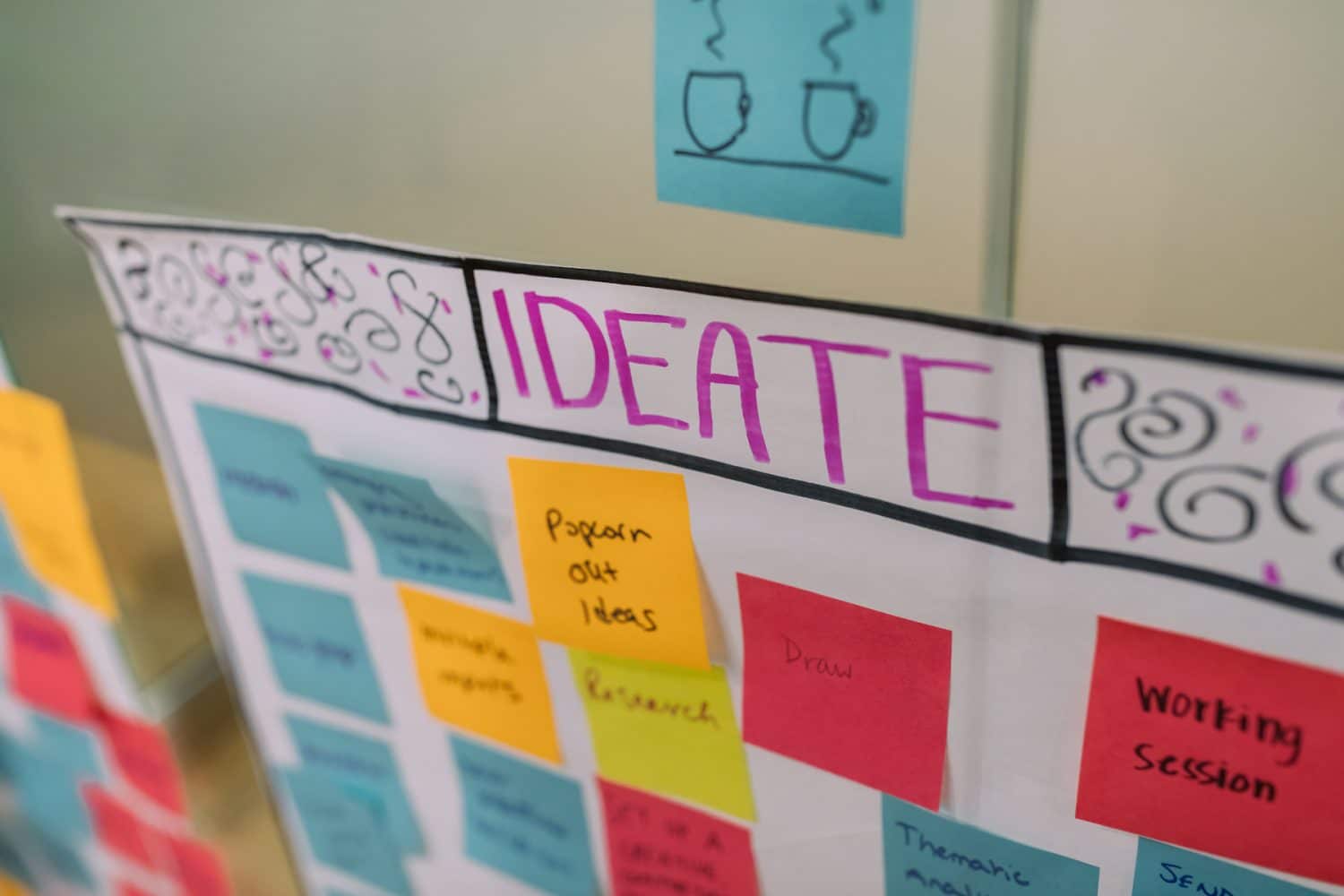
Our advice? Take a deep breath, and don’t get ahead of yourself. As Founder & CEO of Human Side of Tech, Vanessa Shaw, articulated in a recent interview:
“Once you learn design thinking practices, you’ll want to use them for everything…but don’t do it! You can’t do everything at once when you’re a beginner. Instead, think about 5 things you need to tackle over the next 2-3 quarters. Then, pick one initiative that you can use as an experiment, and test out using a design thinking approach.” This, Vanessa explains, will help you avoid trying to “boil the ocean.”
As you begin exploring new ways to offer services or programs to employees, try using a “how might we” question. Often shortened as ‘HMW,’ a how-might-we question is a common prompt designers use to brainstorm fresh ideas.
To tackle your next project with life-centered design thinking, you can start by asking yourself some of the HMW questions below:
How might we… reduce the amount of waste this project creates?
How might we… reduce our carbon footprint with this project? How might we… continue to reduce it next year?
How might we… increase the amount of trees and greenery in our space, company outing, or daily workplace routines?
How might we… motivate employees with experiences instead of swag or physical rewards?
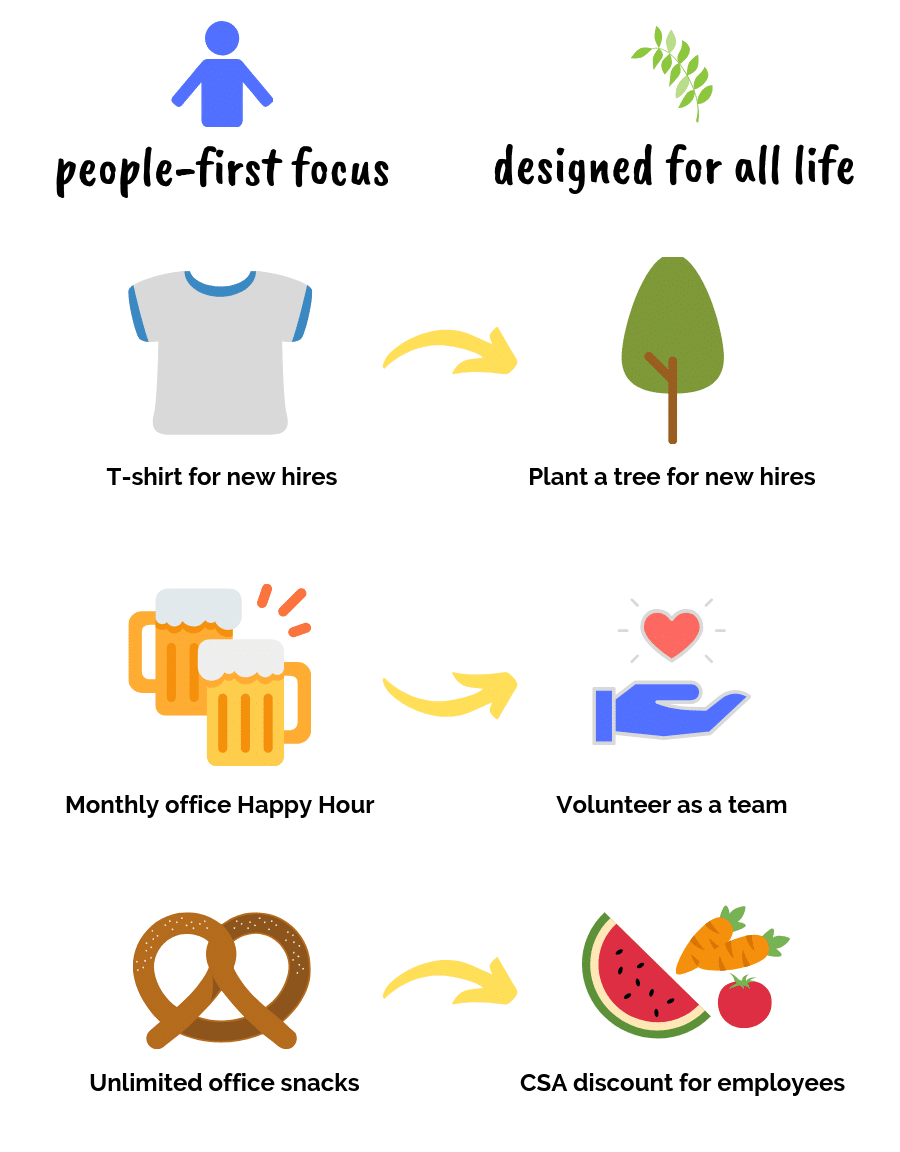
How might we… inspire employees to change how they commute into the office?
How might we… offer sustainable retirement plan options?
How might we… help our employees and the environment thrive?
How might we… incorporate other creatures (including furry friends) into our everyday office culture?
Still feeling a little overwhelmed? Take a deep breath, and take it one step at a time. Remember that as a People Ops pro, you are already uniquely situated with the skills—and purchasing power!—to have a huge impact on company culture. Life-centered design practices aren’t meant to slow you down; they’re meant to guide you towards making an even more meaningful and lasting impact. Not only will you positively influence your people, but you’ll help the greater community, environment, and other living beings thrive as well. Simply put, you got this!

What are some examples of life-centered design in the workplace?
Ready for some life-centered design inspiration? We’ve got you covered.
Check out the chart below for more examples of how you can begin to incorporate life-centered design thinking into everyday office initiatives.

Where can I learn more?
Check out the links below to find out more about life-centered design in the Human Resources industry and beyond!
Quick Start Guide to Design Thinking for HR & Talent
https://www.heatspring.com/courses/life-centered-design
http://sxtxstate.com/2014/03/human-center-design-life-centered-design/
https://study.com/academy/lesson/comparing-life-centered-human-centered-environmental-ethics.html
